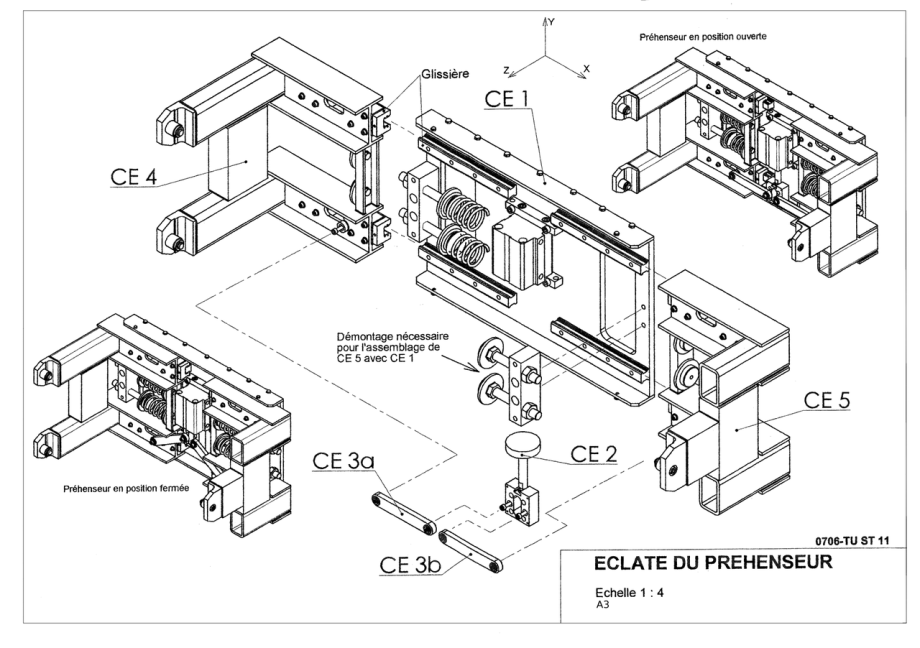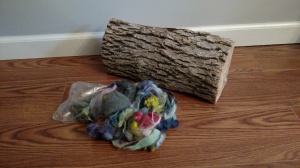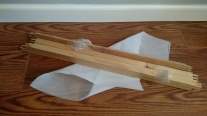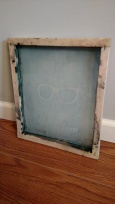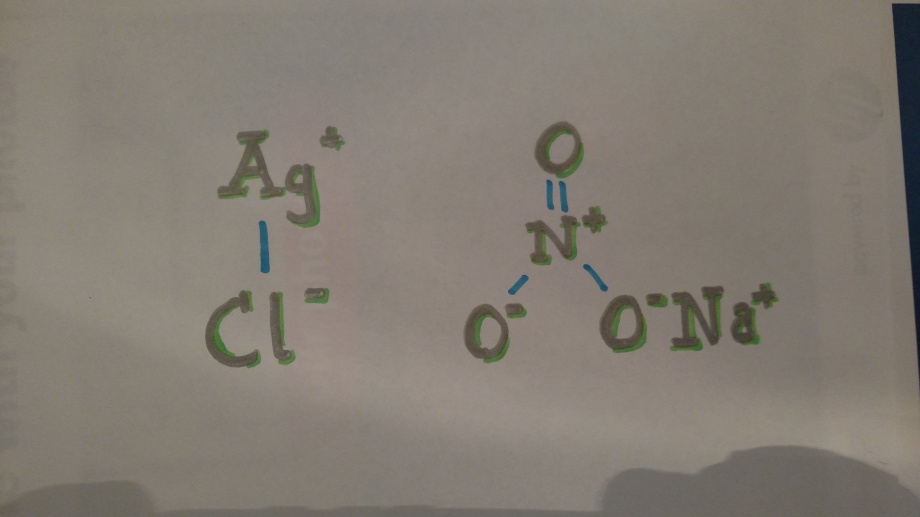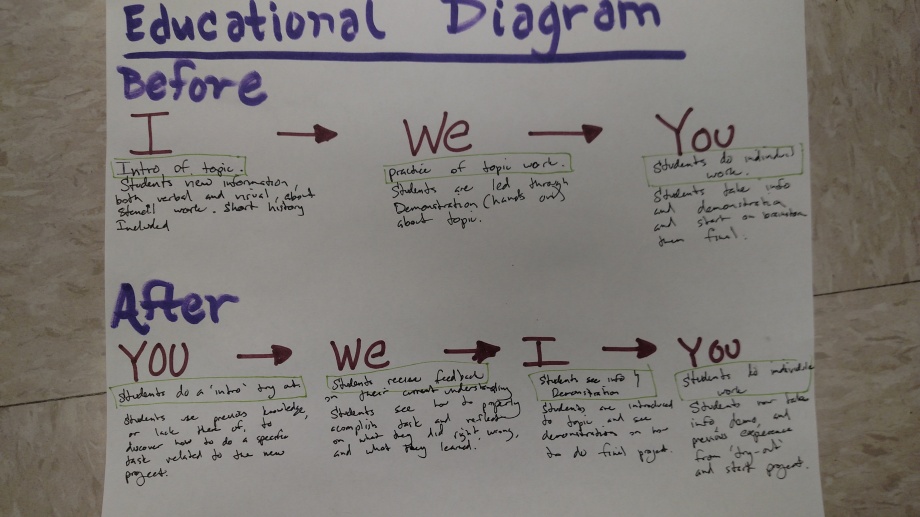Creativity, what is it and how does one obtain it or tap into it? These are questions that myself and many others have asked themselves for years yet there is no “equation” or “floor plan” that lays out creativity in a simple way. Webster defines creativity as “the ability to make new things to think of new ideas” * While Webster’s definition is clear and concise it is lacking… well… creativity! It gives a reader the bare bone building blocks for what creativity is, and with a definition like that it would be hoped that an individual could decipher that this is only the beginning of a journey to understanding creativity because it is much more than a definition. From this one could, and should, use as this as a foundation to build upon because creativity is not the answer, but the journey and what is learned through it.
In my personal journey through Root-Bernstine’s Spark of Genius: The Thirteen THinking Tools of the World’s Most Creative People I felt like I discovered a lot about the topic of creativity and its connection to my educational subject area, art. For the book I did seven modules that connect to the main trans-disciplinary connections of creativity in which I did various summarizations, interpretations, and even synthesizing into connecting creative projects.
the first of those was Module 1: Veja Du. For this the general idea was to look at things we see on a daily basis and think about them differently. We were engaged in this by taking pictures of one of those said objects from different views. Everyday objects and their various uses area something a creative person does not underestimate, a “normal” person may see an object and only think of its intended use, but a creative person looks at and finds many different uses for it. This includes breaking the object down, looking at “what makes it tick”, and then re assembling it in a different fashion, or even just using a few of the “parts”. The main idea that I am trying to get to is that for this a creative person takes an everyday object and finds other uses for it as a whole, just using bits and pieces of it, or even building upon the original design and making a brand new object better than what it was before, and this sets a tone for what a creative individual can achieve!
The second was Module 2: Perceiving. This section built upon the first and had me delve into thinking about thinking, well not just thinking but how myself and others think, learn, and make better. For this topic I talked about my connection, or more accurately my lack thereof, to Pop Art. I discussed my understanding of the topic and how I perceive(d) it, how I personally was not a fan but had to be somewhat knowledgeable of it so that I could teach it. Through this I started to look at how I looked at the topic, how my generalizations and misconceptions skewed my perception, now that I had broken that down I could now start reconstructing it into a better viewpoint. After going through all these modules I can really start to see that is the greatest way to look at perceiving, and with that I would define it and how I used it as such: Perceiving helps one break down the old and discover new fascinating ways to use something in order to make strides in making one’s self, surroundings, and almost anything else better!
Next came Module 3: Patterning. Cognitive patterning is a very interesting topic that yielded fascinating connections. Through this I discovered that a large part of understanding patterning was not just doing, but discovering. This helped me appreciate the usefulness of “play” in education. There are plenty of times when teachers, myself included, look at a time frame of a lesson and break it into due dates, creating a road map to what we think is total understanding and application, but sometimes that is actually farther from the truth then we would think. Just going in there and teaching a students about something does not mean that they are engaged, and even having them view, or even participate, in a step by step demonstration still does not fully cement in knowledge. This does not mean that the information is boring, or even being taught improperly, but instead shows us that sometime allowing for a little time to give the students a topic, medium, or program and letting them play around with it will make them more vested because they are discovering the information for themselves. So in summary, Cognitive Patterning has shed light into the workings of the mind, illuminating the importance of “play” rather than just structured teaching, this “play” makes students more interested and engaged because they feel as if they have been put in the driver’s seat and are no longer a passenger in the journey towards higher understanding.
For Module 4: Abstracting my goal was to look at my connections to different fields of thought, theories, topics and how they work with my viewpoints. In our reading the chapter(s) on abstracting gave examples about connecting original topic A with new topic B, for example harmonics and music with the study of atoms. Combining the more scientific fields with that of the arts is something people don’t take into consideration enough, or even really realize! An artist has touched almost everything we use and interact with on a daily basis, from the chair we sit in to the decadent meals we eat, artists spent countless hours combining two or more fields to create something new, interesting, and most importantly usable. For me I made my connection between Science and my field Art in the form of screen printing. There is quite a bit of science that is in the arts, from the mixing of chemicals for photo emulsion (used in screen printing) to thermal expansion and contraction in clay (when baked in a kiln). So honestly when reading a and reflecting about this there was a lot that just made sense to me! So in summary: Abstracting is about making connections that seems unusual but end up yielding greater answers and theories.
Module 5: Embodied Thinking was one of the readings and theories that I found to be the most interesting and eye opening. In it discussions about the body, its uses, limitations, and acknowledgement of both of these helped me discover and understand incorporating the body’s muscle memory into the thinking process. As stated earlier, actually experiencing a topic through doing and interacting is something that is very important in development of concrete knowledge, this exploration helped me take that idea and take a personal step further into understanding and application. Once again the inner artist and educator clashing against each other came to light during this reading and research, making me force awareness of myself. Being aware of yourself, what you can and can not do, helps one evaluate these and find areas to grow in. WIth this I thought of the Pop Art example of Ready Mades, a art piece that is a found object. The personal artist in me does not really like these, but the educator in me once again needed to understand them enough to teach lessons about them. WIth that I looked at my current knowledge base and experiences and found areas that i could improve upon. WIth these improvements through personal practice and research I felt as if I was able to find connections that made me more comfortable with the topic. So I would say that Embodied Thinking makes one look at their current knowledge and skill base and self assess where improvements can be made, through these experiences can e had that will widen a person’s horizons.
Next was Module 6: Modeling and in it the idea of creating models so that one might manipulate it in order to find new and interesting ways to creatively problem solve were discussed. During this part I referenced back to a previous artistic theory, the act of removal. This module both challenged it while pointing out the good ideas that it represented. THe act of removal starts off with the idea being the purest form, something that can be instantly changed, also allowing for the thinker to do things that physically could not be achieved in reality. ONe example of this that was covered in our reading was when they talked about the engineer that was posed a question and could answer it almost immediately because all he had to do was imagine it in his head and do the task that was being asked in order to find the final solution. The next level of removal was the drafting of the idea, this removed it from the purest form because it then forces the limitations of reality upon the idea. The final level is the actual physical creation of the item, with this the limitations come to light and the idea ceases to be a “idea” but now is a “reality”. The reading talks about Modeling being important because it allows for a person to manipulate and see limitations, which is true. This challenged my original thought of removal learned in school, but it also let me incorporate the understanding that the “idea” really is the purest form for without that there could be no model! So Modeling helps one develop an idea and incorporate it into a malleable item that can be manipulated in order to discover new and interesting pathways to solutions.
Now we come to the final module, Module 7: Playing. As mentioned earlier, play holds a very important role in growth, it allows for one to discover the ins and outs of something in a relaxed setting. This relaxed setting allows for a person to feel less stressed, which can make a motivated individual take chances that could yield great results. Play is something I have been learning about throughout my entire time in the MAET program and has become one of my best tools in my educational and personal tool box! I still remember when I had my “a-ha!” moment, leading up to that i felt frustration and lack of direction, but when I realized the amount of discoveries and quality of work it hit me, it was all me. Playing made me realize that through flexibility and re-using previous knowledge in a new way I could do anything I put my mind to, all I had to do was try!
Through this educational journey I feel as if I have learned a lot about our topic(s), uses of theories and its application, and even a little about myself. Without the use of all these learned pieces combined together in not only education, but every day life, society would cease to advance, so it is our job to spread the word and enlighten others so that they might find their own personal full potential!
Cites:
*Merriam-Webester. http://beta.merriam-webester.com/dictionary/creativity
—————-
Follow the link HERE to go to my elavator pitch ppt!
—————-
Twitter post:
Creativity: making connections others don’t see, using out of box thinking to problem solve, Building a better tomorrow…Today!
Follow link HERE to original post!















